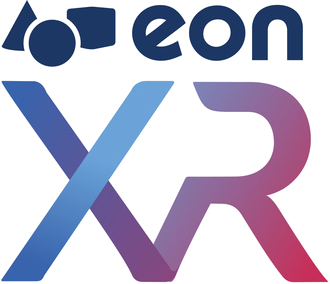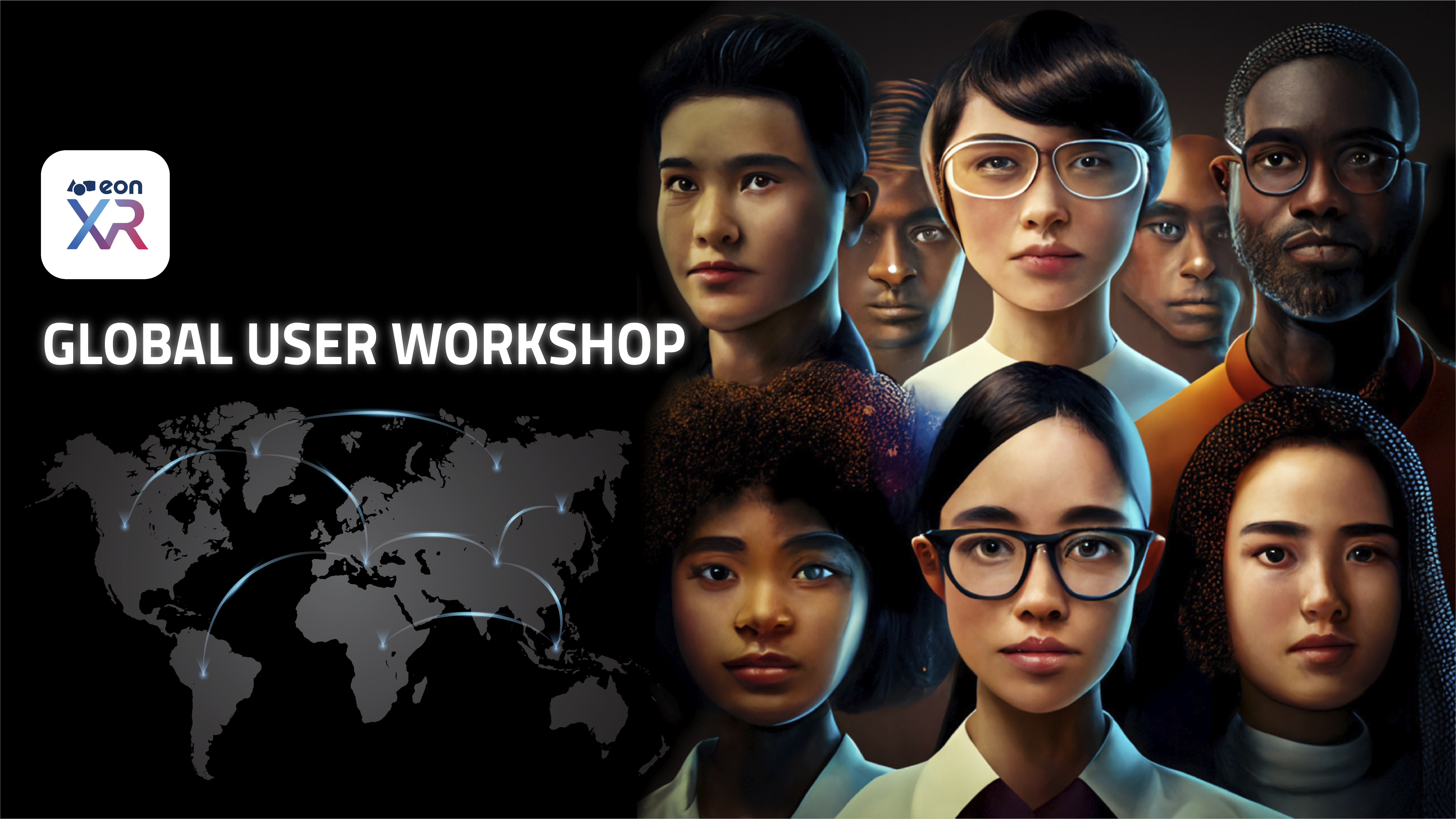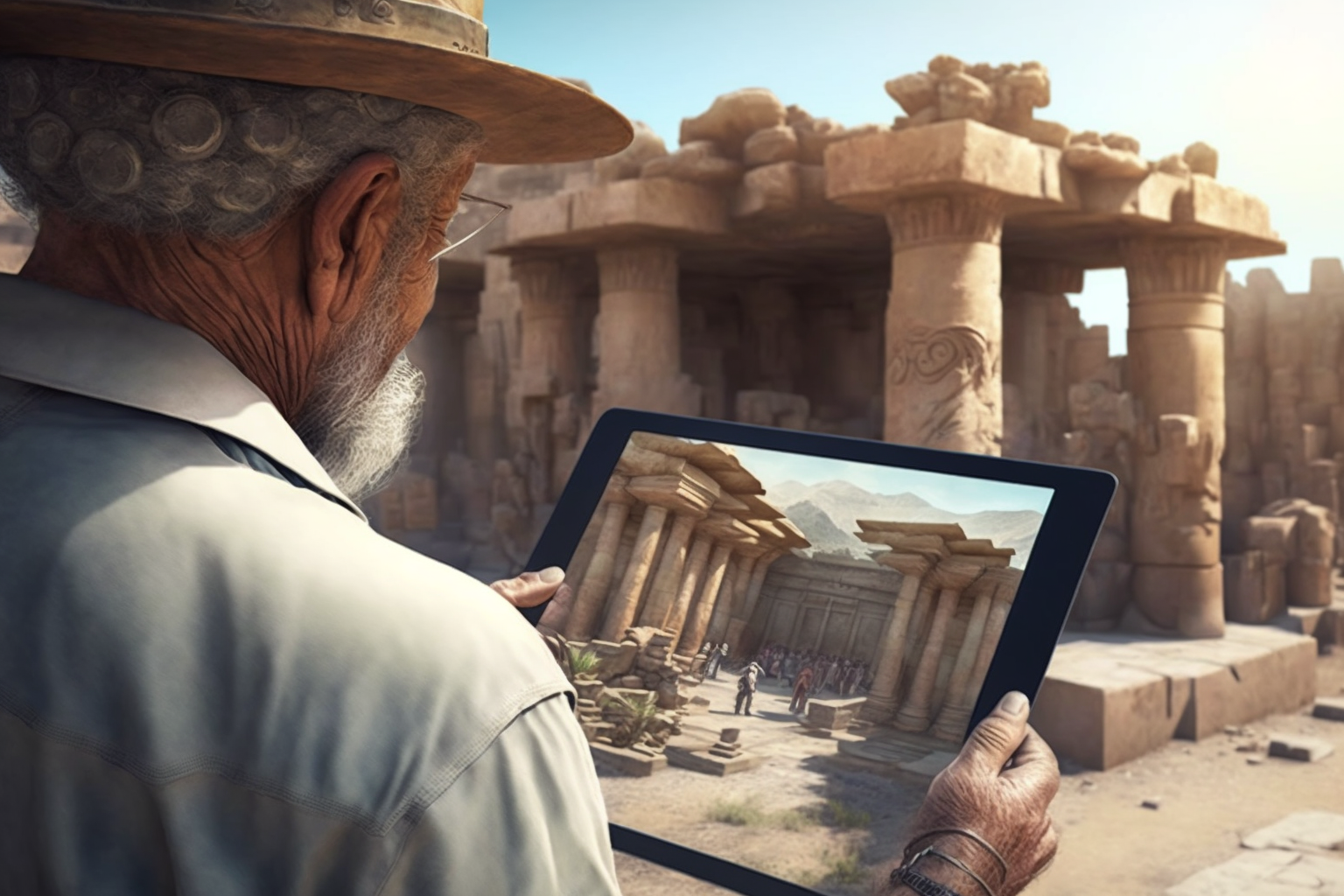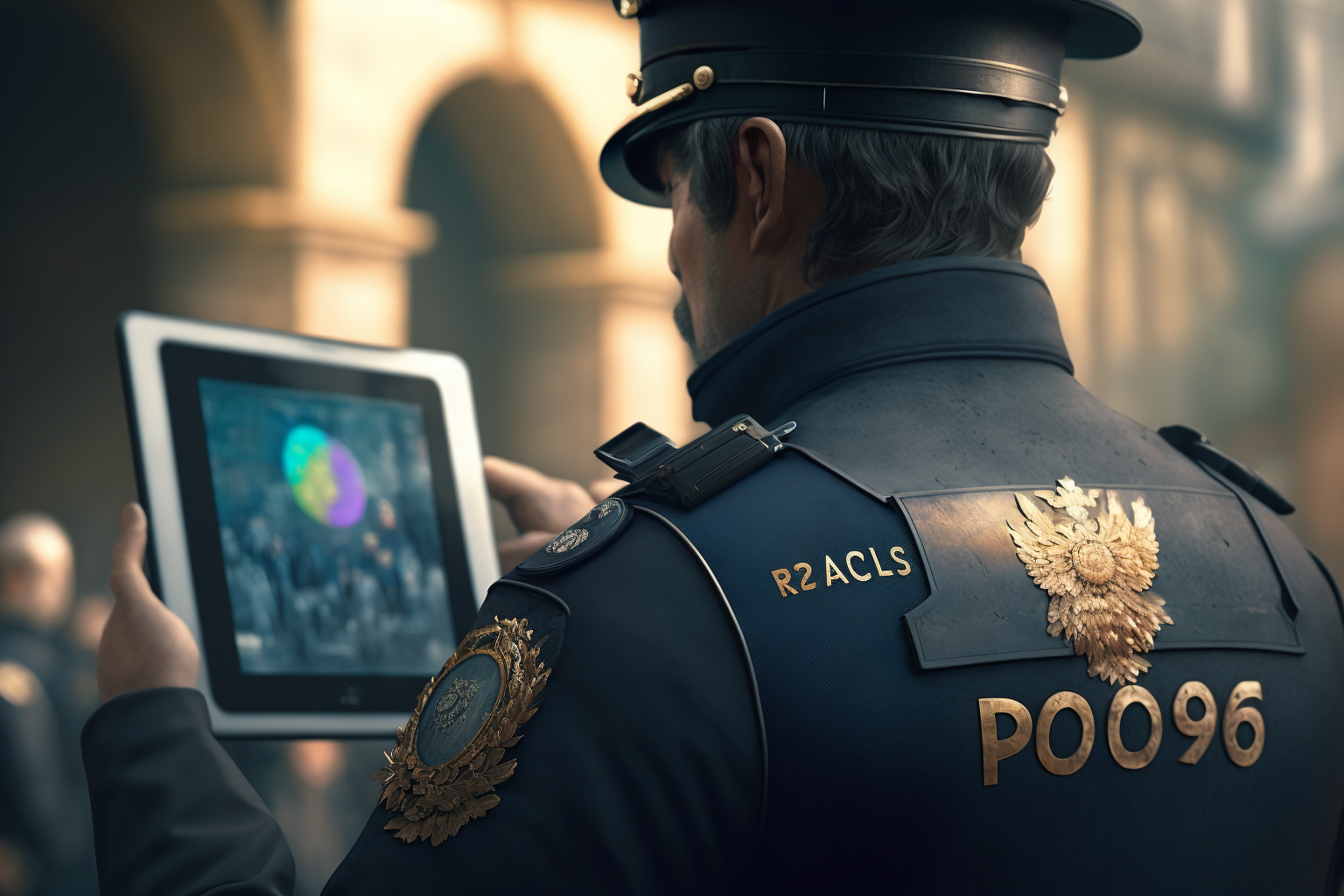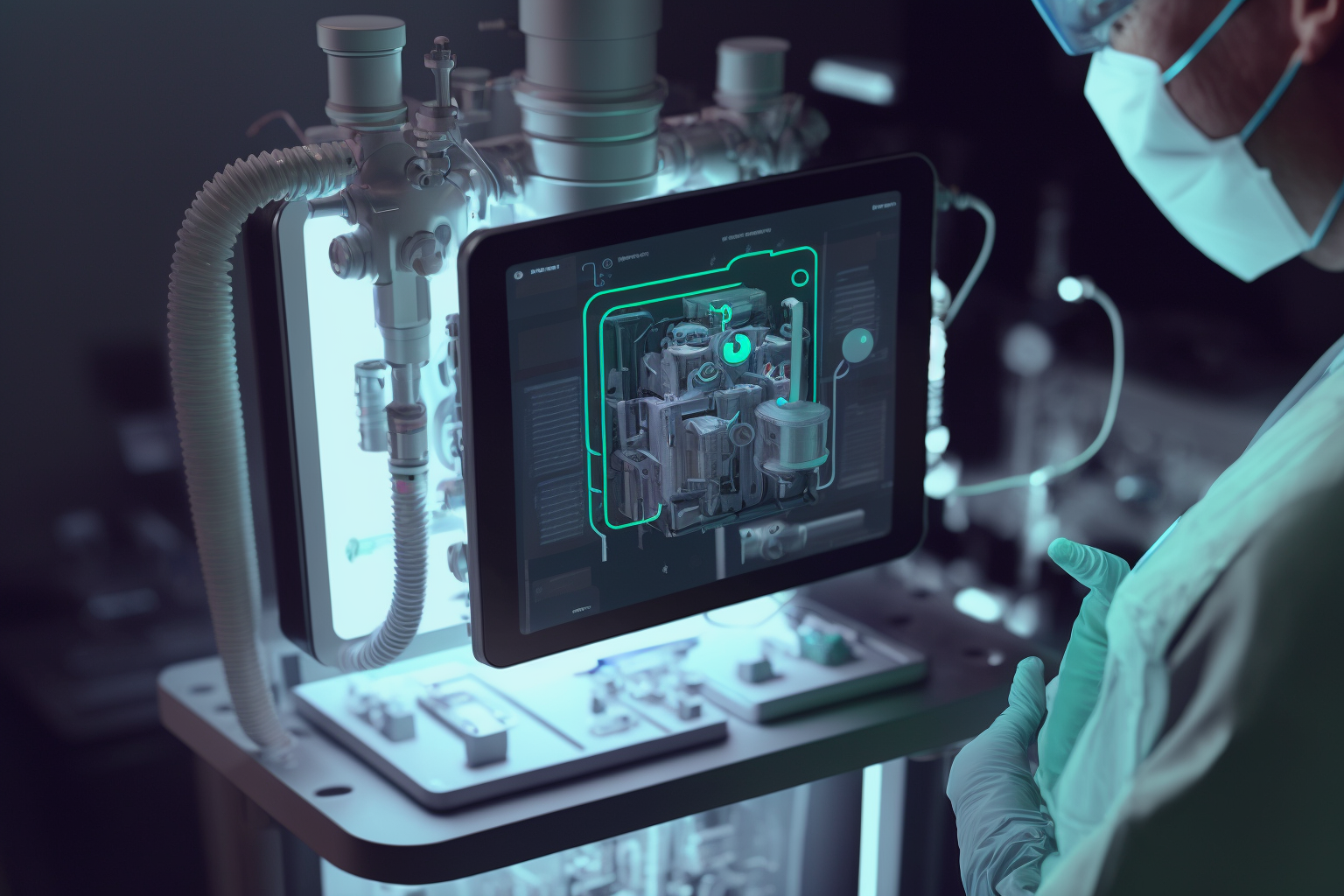In this week’s issue of Peter’s Pedagogical Corner, we revisit the research behind active learning and share how they are integrated into our Self-Directed Learning Initiative and EON-XR to increase student cognition and deep understanding.
Why Student Self-Directed Learning using EON-XR Makes Sense Of The Research on Learning by Chief Learning Officer, Dr. Peter Looker
If I copy a file on my desktop to an external hard drive the copied file is an analogue of the one on the desktop – it has been directly transmitted, unchanged. That is exactly what I want it to do – transmit the exact content. It is a mistake however to think of human learning in this way. Transmission from teacher A to student B as if one were a desktop, the other an external hard drive does not happen. Learning, a process of creating context and meaning is not data transfer.
To begin with, teacher A has a context for the ”information” or “knowledge” in her head that connects it to a network of existing knowledge different from the network of existing knowledge in the students’ head.
I was in England in winter when for the first time I heard a particularly memorable song; my brother heard it in Australia in summer. We are two people with different internal maps. So, although in one sense we are both hearing the same thing, the same piece of “information”, the song is differently contextualised for each of us. It occupies a position in different internal maps and has different meanings. This will necessarily be true for any two people. Even if there were some means of direct transmission from one person to another, it would be more like pouring water from a tall narrow beaker into a bucket, where what is transferred takes a different shape.
We can, however, imagine that uncomplicated factual knowledge might lend itself to transmission, but it also has little meaning in terms of learning. This is what Gilbert Ryle (1946) meant in making his distinction between knowing that and knowing how where he called “knowing that” empty intellectualism, a case of not knowing how to make use of the fact. Or putting it another way, he contrasted museum-possession of knowledge with workshop-possession of knowledge. Workshop-possession of knowledge implies not only active use of knowledge but actively acquired knowledge. Ryle’s work has been hotly debated ever since, but one thing his formulation has done is provide a lens on formal education’s traditional focus on “knowing that”.
This teacher-centred kind of transmission teaching get two things wrong: it assumes that success depends on direct transfer from teacher A to student B, and it separates knowing from doing. The question is, what kind of learning needs to happen for knowing and doing, or doing-as-knowing, to combine?
Active Learning
The evidence for the advantages of active learning, in this regard, is clear. Freeman et al (2014) found that when comparing students taught by lecture and those who learned through active learning in STEM courses, the active learners significantly outperformed the lecture-based students and the lecture-based students had a 55% higher chance of failing. They also conclude that “Active learning confers disproportionate benefits for STEM students from disadvantaged backgrounds and female students”. As with other similar studies (for example, Deslauriers et al, 2011), they found the most important effect of active learning was to increase scores on conceptual understanding. The results, they observe, raise questions about the continued use of traditional teaching.
Despite the evidence, active learning at universities still meets with significant resistance from both teachers and students. Recent research suggests several possible reasons for this (Deslauriers et al 2019). One is that there is a difference between the feeling of learning and actual learning. Students undertaking active learning self-report lower levels of learning than those who have done a lecture course, even though they performed better than those who took lectures. “Deep learning is hard work, Deslauriers says. “The effort involved can be misinterpreted as a sign of poor learning. On the other hand, a superstar lecturer can explain things in such a way as to make students feel like they are learning more than they actually are.”
A clear message coming from all the research is that meaningful (deep) learning is not a spectator sport (as Chickering and Ehrmann said in 1996) nor is it a matter of shopping for instant noodles. It is messy and takes time and effort.
We also know from the literature that it is not time and effort alone that count, but the nature of the effort. We all know that it is not effective to learn a new language by spending hours memorizing lists of vocabulary. It may take time and effort, but it will be less effective than expending time and effort talking to people in the language, using it when you are shopping, and so on.
So, what kind of learning will repay time and effort?
Embodied Cognition
Further evidence of the importance of active learning comes from research in embodied cognition. Embodied cognition helps us to see that the process of coming to know – learning – depends on aspects of our bodies other than just the brain. This kind of research may lead us away from the grip of Cartesian dualism, where body and mind are split. “Perceptual and motor systems influence the way we construct concepts, make inferences, and use language.” (Repetto et al 2016.) Virtual Reality has a significant part to play if this is true because it is a tool that involves the body in various ways (including through sight and the relationship between sight and action). The embodied learning that Virtual Reality represents can lead to improved memory.
At the University of Chicago, Prof Sein Beilock (2015) found that among science students “getting students to … physically experience some of the concepts they’re learning about changes how they process the information, which could lead to better performance on a test.” The physical experiences help students to learn difficult concepts better, perform better, and remember for longer. Beilock concludes when our bodies become part of the learning process we have improved understanding.
EON-XR and Self-Directed Learning
There is a general case to be made about active learning, embodied cognition and the benefits of Augmented and Virtual Reality because of their 3D and contextualised representations of the real-world, requiring physical interaction. But there is a more specific case to be made about the value of using the EON-XR Platform for student self-directed learning.
An obvious point to make is that the design of the platform makes it usable by students en masse, but it also engages several other elements of active learning.
When, for example, students are undertaking self-directed learning by constructing either a 3D or 360 lesson, they need to bring knowledge and understanding into the lesson to create it. Let us suppose that they have been given the task of making a lesson from an immersive 3D hospital ward. They need to be able to use the model to show how a nurse might do his or her routine checks of patients. Importantly (given the evidence cited above) this requires thinking in terms of physical movement. And it requires making overall sense of the task, bringing knowledge they already have to the lesson, and constructing it in such a way that it makes sense to a user (perhaps one of their peers).
If they do not know something they will have to go and find out. And finding out (research) is an important form of active learning. (All universities would like their students to be given tasks that require more research.) This might include finding suitable videos, whose choice depends on critical discrimination. My point here is that undertaking all these important actions is enabled by the way the platform has been designed to encourage learning. (It is much more than providing the opportunity to play with AR and VR.)
The need to link the parts into something coherent is another design feature of the platform that involves active relational cognition. In this example, it may include ensuring the activities in the lesson are put into the same sequence as the sequence of actions required in a real-life check. Or it may involve sequencing activities that lead to understanding a concept.
What we see here is real-life directed thinking precisely because it is a real-life simulation. This bridges the gap I have talked about many times before between theoretical and applied knowledge. Theoretical knowledge learned in lectures is often not real-life directed. It is often an end in itself – museum-possession of knowledge. When students are required to think as if they are acting in real life as in an immersive VR situation, they are learning to activate their knowledge for real contexts.
You could say that the EON-XR Platform serves as a kind of catalyst where different forms of active learning attach themselves to the 3D models or 360 photos.
Most important, however, is the fact that it is activating the (physical) manipulation of 3D space, which requires engaging the relationship between eyes and hands while learning. Current research on embodied cognition lends weight to this approach to learning as one that can improve performance and problem-solving. In my view, one of the best ways to achieve this is to harness the idea that learning is a matter of constructing through activity, rather than absorbing through listening and use the EON-XR platform for self-directed learning.
References
Beilock, S. (2015). How the Body Knows Its Mind. New York, London, Toronto, Sydney, New Delhi: ATRIA Paperback.
Chickering A.W. and Ehrmann S.C., A. B.-7. (1996). Implementing the seven Principles: Technology as Lever. AAHE Bulletin, 3-7.
Deslauriers L., M. L. (2019). Attempts to Evaluate students based on Students’ Perceptions of Their Learning. PNAS, 19251-19257.
Deslauriers L., S. E. (2011). Improving Learning in a Learge-Enrollment Physics Class. Scinece, 862-864.
Freeman S., E. S. (2014). Active Learning Increases Student Learning in Science. PNAS, 8410-8415.
Repetto C., S. S. (2016). Virtual Reality as and Embodied Tool to Enhance Episodic Memory in the Elderly. Frontiers of Psychology. Retrieved from https://www.frontiersin.org/articles/10.3389/fpsyg.2016.01839/full



